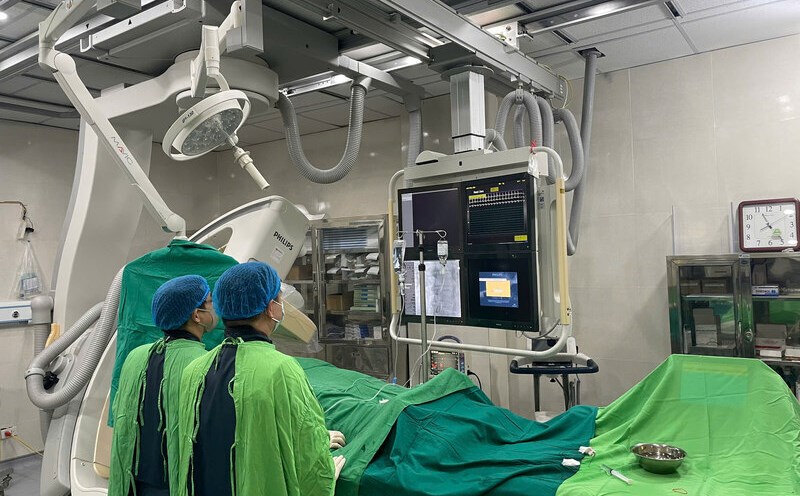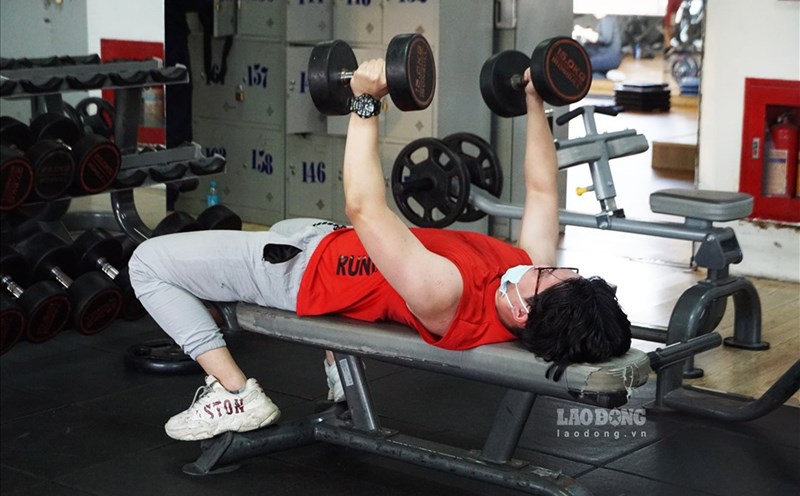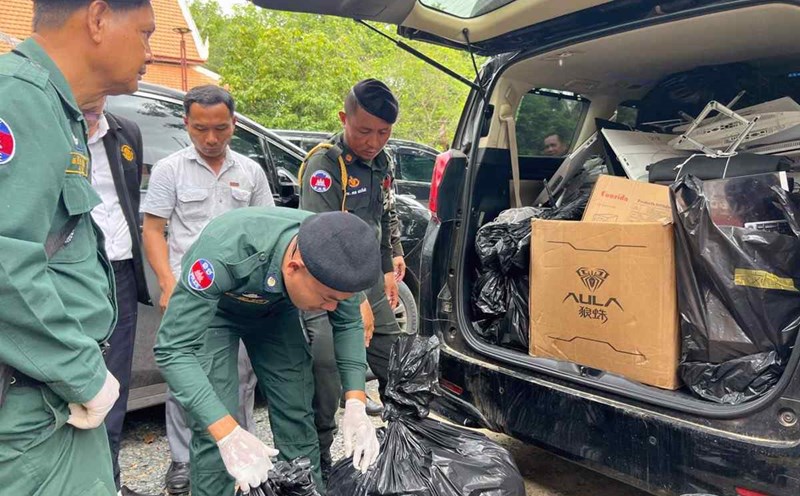Heart failure and lack of oxygen are both life-threatening dangerous conditions that are closely linked. In many cases, cardiac arrest can lead to serious lack of oxygen, and vice versa, lack of oxygen can also be the cause of cardiac arrest. Timely detection and intervention are the vital factors to save patients, according to Onlymyhealth.
What is oxygen deficiency and why is it dangerous for cardiac arrest?
Dr. Naveen Kumar Cheruku, Head of the Department of Cardiology at CARE Hospital (Hyderabad, India), said that lack of oxygen (hypoxia) is a condition in which the body does not provide enough oxygen to maintain the functioning of vital organs such as the brain, heart and lungs.
Even if oxygen levels drop for a short time, the heart can stop beating due to anemia and heart failure. This is a common cause of drowning, suffocation or severe respiratory complications, says Dr. Cheruku.
Warning signs of oxygen deficiency leading to the risk of cardiac arrest
Initial symptoms of lack of oxygen are often easily overlooked if not paying attention. Some signs to be vigilant include:
Tranxious, confused, unusually sleepy
Rapid breathing, wheezing or significant difficulty breathing
pale skin or purple skin around lips, fingertips, and tongue
Subsided decline in consciousness, loss of alertness
Stop responding, do not reflect to stimours
What are the signs of oxygen deficiency in children different from adults?
In children, signs of oxygen deficiency may be different and more difficult to recognize:
Newborns may refuse to suck, becoming weak, have thick skin or purple skin around their lips.
Children can be irritable, short of breath or suddenly silent, unresponsive.
Adults may feel tired, dizzy or have a "difficulty breathing".
In adults, symptoms are often more obvious with dizziness, chest pain, sluggish breathing or sudden unconsciousness.
What to do immediately if you suspect oxygen shortage?
call an emergency immediately.
If the victim does not react and does not breathe normally:
Do immediate Cardiopulmonary Resuscitation (CPR): Press your chest tightly and rhythmically.
If trained, suffocate twice after every 30 times of cardiac arrest, especially when the heart stops due to lack of oxygen (such as drowning, suffocation).
Use an automatic automatic embolization device (AED) if available, turn on the device and follow the instructions immediately.
The effectiveness of CPR and proper first aid
Proper CPR and first aid training is especially important, not only helping to detect early signs of danger, but also supporting victims' lives in a timely manner before specialized medical attention arrives.
Knowing how to squeeze, suffocate, and use AEDs can double or trip the victims chances of survival, says Dr Cheruku. Communities with more people trained in CPR often have much higher survival rates in cases of cardiac arrest due to lack of oxygen.











